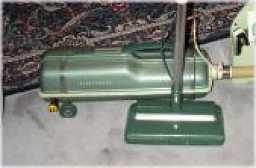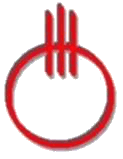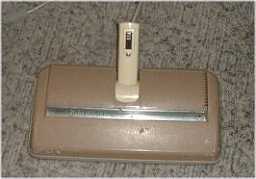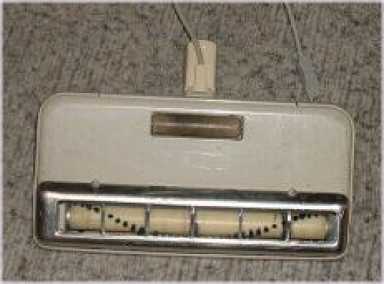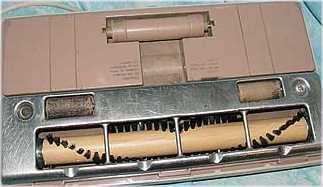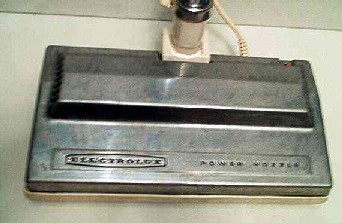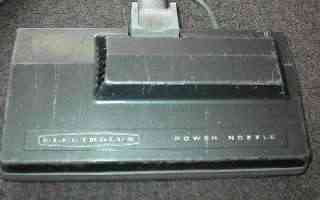Now that Lewyt and Electrolux have
both established their power nozzles, the ever- growing debate over
what is better; the canister or the upright vacuum heats up. Both
companies, as well as nearly all the others, start developing new
versions of the power nozzle after about a decade of other refinements.
By this time, the phrase "Planned Obsolescence" has been coined (by Alex Lewyt, I think) and the idea is quickly taking over the designs of almost every product sold in America. Japanese imports have taken hold in the portable electronics market and people are accepting the new lightweight plastics in nearly everything they buy. The durability of some plastic products begin to fool the public into accepting cheaper, lower quality products from other companies.
Not every manufacturer is jumping on the plastic bandwagon just yet, as Electrolux continues to produce their vacuum cleaners and power nozzles with aluminum and steel casings.
By this time, the phrase "Planned Obsolescence" has been coined (by Alex Lewyt, I think) and the idea is quickly taking over the designs of almost every product sold in America. Japanese imports have taken hold in the portable electronics market and people are accepting the new lightweight plastics in nearly everything they buy. The durability of some plastic products begin to fool the public into accepting cheaper, lower quality products from other companies.
Not every manufacturer is jumping on the plastic bandwagon just yet, as Electrolux continues to produce their vacuum cleaners and power nozzles with aluminum and steel casings.
